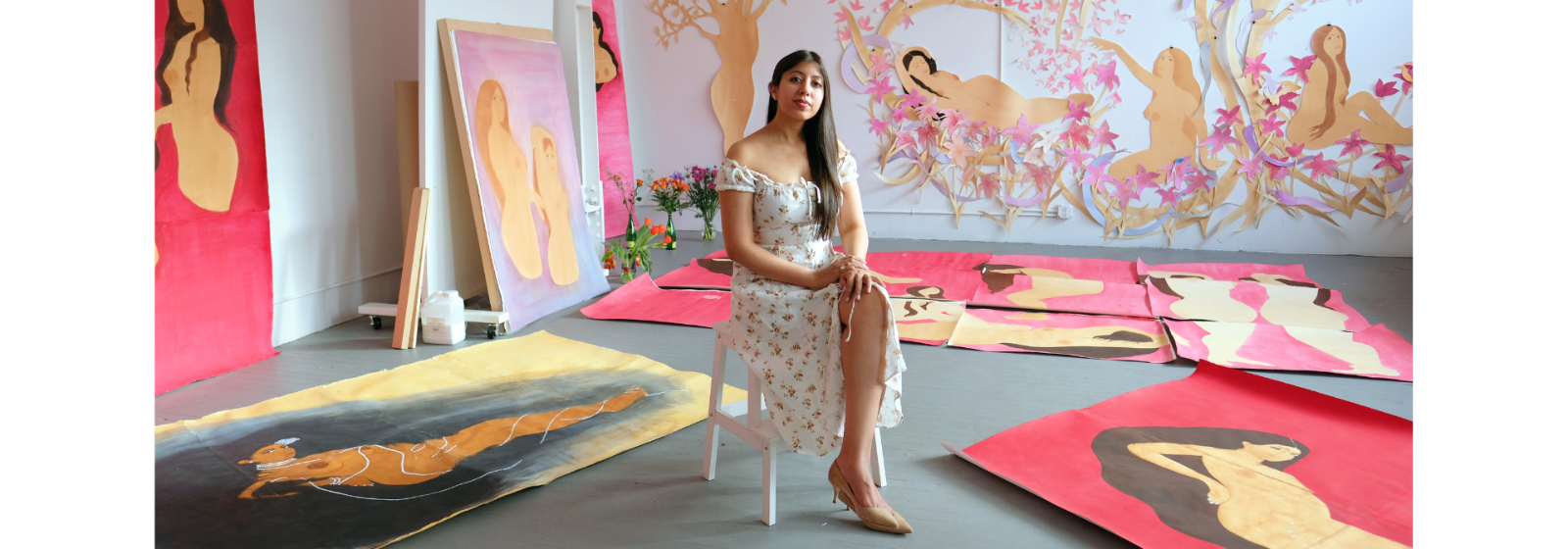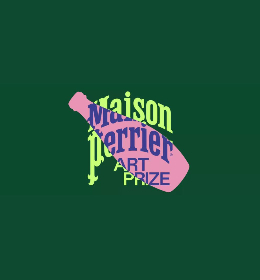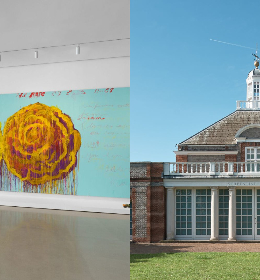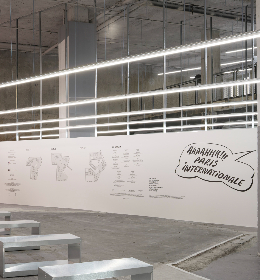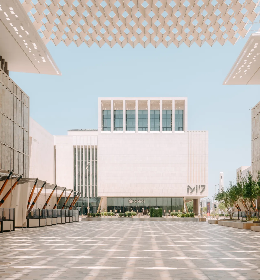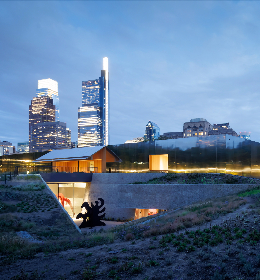Now based in New York, Hiba Schahbaz presents female nudes made from paper, black tea, water-based pigments, and oil on linen. Through her work, she aims to reclaim her own body and her femininity, and invites other women to do the same. The artist lends her face to universal feminine and feminist figures, in an approach that is a tribute to beauty.
We spoke with the artist ahead of her first exhibition in France, presented by the Almine Rech gallery in Paris.
The "militant" nature of your work is expressed through gentleness and delicacy. This echoes other dualities that characterize you: a bridge between East and West, a transition from miniatures to larger formats, and from faceless figures to self-portraits.
I paint from my heart. I honor what I feel most deeply, and who I am. I am devoted to beauty, to creating it and bringing it into the lives of others. I see the goodness in people and how we are all connected. And when people experience my paintings, I want them to feel connected with their spirit and their heart.
Sometimes being anchored in truth and beauty can feel confrontational in a world where those aspects of us are not trusted.
Was your move to Brooklyn motivated by the desire to see art and society through a Western perspective, and to have your work evolve over time as in the transition from miniature to larger works or the apparition of faces? Was this a result of the move or was this an unanticipated evolution?
I ended up here by chance, unaware of what it meant to be an artist in New York. I suppose when we trust the flow of life we end up where we need to be. And I am grateful for the challenging parts of my journey which pushed me to leave my home to find myself.
But I moved to Brooklyn at a time when I needed space from the familiarity of life in Pakistan. Accepting that I was not able to paint openly was stripping away a part of me and I wanted time and space to paint freely.
My painting has shifted a lot since I migrated, and it is still constantly morphing. I used to paint faceless, colorless figures. It took some time, but slowly faces and colors entered my painting. When I look back at the last few years, I see my life and art mirror each other, and my inner world and spiritual life unfolding together.

Hiba Schahbaz, Burning Venus, 2016 Water color, tea, gouache, and gold leaf on paper 203.2 x 127 cm 80 x 50 in
What kind of links do you have today with the Pakistani contemporary cultural scene? What about in the West
I feel connected to my roots because I am a miniature painter. The training to become a miniature painter is almost devotional and shaped me into who I am today. Its ritualistic and painstaking nature cultivated a deep discipline and a beautiful, serene mind space. It instilled in me a love of beauty and spirituality, and a desire to look beyond what my eyes could see.
As an artist, I also feel very connected to the Western world as it is here that my paintings are evolving and my mind is expanding. I learn so much form being an artist in New York. It is an invaluable gift of expansion and acceptance.
Could you tell us a few words about your process of creation? What is usually your first step (especially for the self-portraits)?
My favorite paintings begin when I see an image in my head. It’s almost like a feeling. Sometimes it happens when I’m already in the middle of a painting that I’ve meticulously thought out. Once I see a painting in my mind, it has to be made, and often with considerable speed, lest I lose the feeling or forget it.
Sometimes I translate what’s in my mind into a tiny drawing so that I can remember it. If the image is complex, I will look at a blank canvas and plan it a bit in my mind. Then I make large drawings of figures on transparent paper and layer it over my surface to see what the composition will look like outside of my head.
Occasionally, I will photograph myself or parts of my body beforehand to fit the image in my mind. And sometimes I work with references and tracings I already have, changing them as needed to fit my vision.

Photo: Studio Hiba Schahbaz
Can you share something about your work (or you), that we could not guess just by looking at it (or you)?
My way of painting has been informed by some physical challenges. When I began painting in larger formats, I was in the process of recovering from an injury and was not able to paint while standing nor could I lift heavy materials. This is partly why my large paintings on paper are made by joining several smaller sheets. I found a beautiful, thick, handmade paper able take my weight, so I am able to sit on the large watercolor pieces as I paint them.
Hiba Schahbaz "Love Songs" - February 23 — April 08, 2023 Paris, Turenne
Cover image: Photo: Cidney Hue




